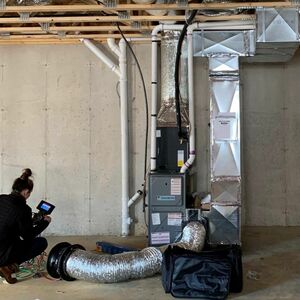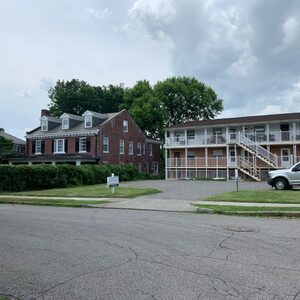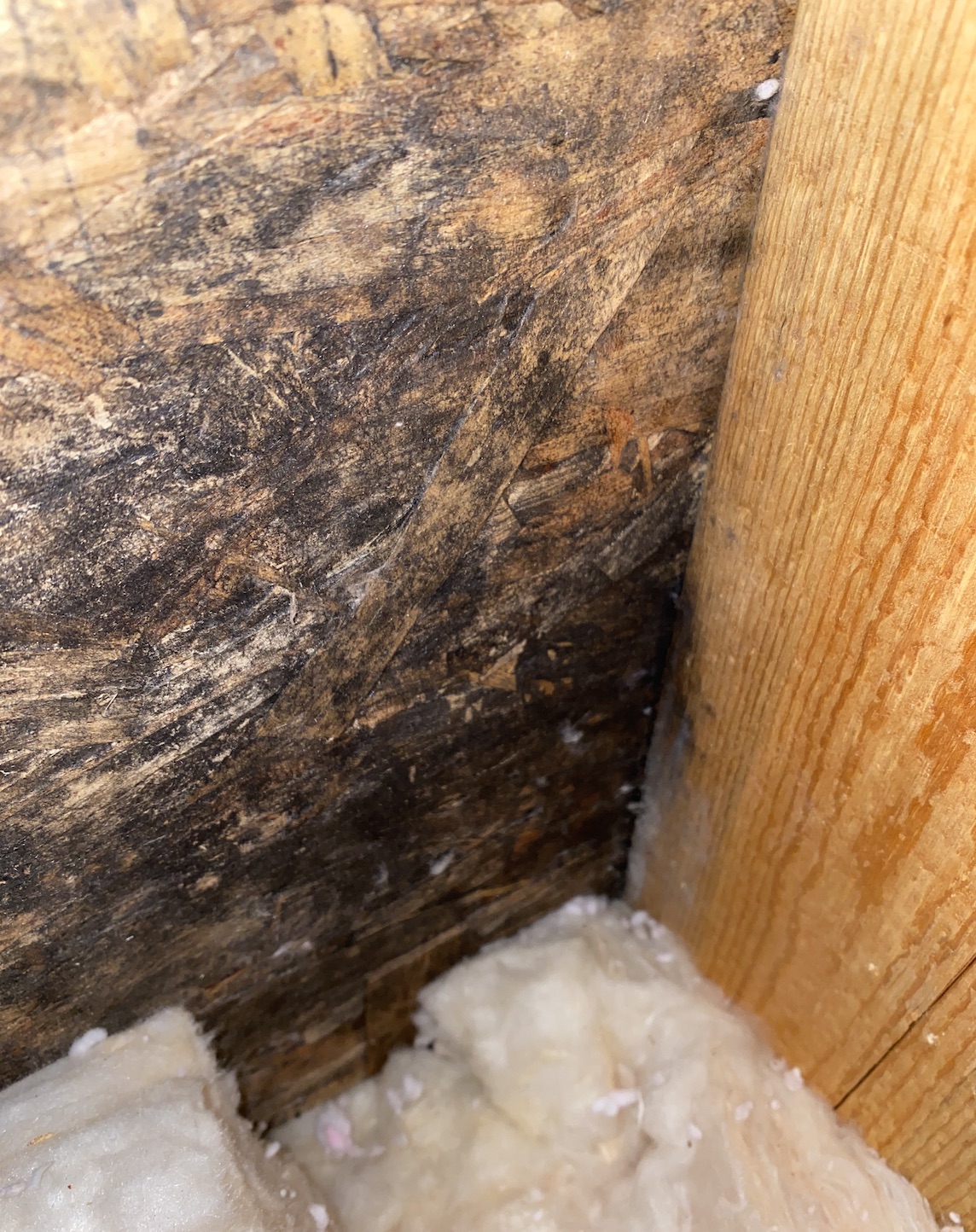
For the past two years, my colleagues over at Fine Homebuilding have been producing a series of e-learning courses that have frankly blown my socks off. The expert-level information is easily digested, actionable, and supported with top-notch visual aids (excellent use of detail drawings). The latest in the bunch is A Path to Better Indoor Air Quality with building scientist Monica Rokicki, founder of Better Building Works. This course is for anyone—building pro, homeowner, or otherwise—looking for ways to ensure good indoor air quality in new homes, or tools for troubleshooting problems in existing homes. Here, as a teaser, I’ll share a few of my takeaways from Monica’s course.
Thermodynamics RULE!
(Anyone at the beginning of their building science education would do well to read The Four Laws of Thermodynamics.)
The Second Law of Thermodynamics is the basis for many building science–directed decisions in high-performance home construction, whether at the design stage or when flashing windows in the field. Heat moves from warm to cold. Pressure moves from high to low. Water moves from wet to dry. “If you know these three things, you can solve a lot of problems,” says Monica. (At the very least, you will be closer to grasping building science–based best practices.)
Thermodynamics in the context of indoor air quality (IAQ) relates to the building enclosure. The more control you have over water, air, vapor, and heat, the more control you have over IAQ. Consider air control, for example. The less airtight a building is, the more outdoor pollutants come inside. The flip side is the more airtight a building, the more critical it is to get ventilation right.
Energy efficiency goals support good IAQ
Many of the methods and materials that high-performance home building pros specify support healthy IAQ. So even if your objective is energy efficiency for monetary savings, chances are good your indoor air will benefit from the measures taken to meet those objectives (this goes for existing homes too). For pros, Monica points out: “Coupling IAQ with the cost of energy losses has great persuasive power with clients.”
HVAC is way more than heating and cooling
Here is Monica’s list of components that make up an HVAC system: windows and doors, infiltration, combustion exhaust flows (including flues and chimneys), radon mitigation systems, standalone heating systems (fireplaces, pellet stoves, etc.), integrated UV or other air treatment, and standalone air treatment. Her point is that the building and its supporting systems have considerable impact on IAQ and must factor into a well-informed HVAC plan.
Monica also talks about “the missing V” in HVAC to accentuate how ventilation often comes second to heating and cooling, when it should be given equal consideration—both in relation to those systems and to the building enclosure specifics.
Air is complicated
The types and levels of pollutants inside a home result from a complex web of chemical interactions that occur when, for example, particulates produced while cooking interact with those coming in with air polluted by nearby industrial processes. Identifying the source of pollutants is an important first step on the path to better IAQ.
The route is clear
The IAQ roadmap boils down to a near-airtight building enclosure and the right ventilation system. Once those things are in place, homeowners have much more control over the condition of their indoor air. It’s important for home occupants/operators to understand that with control comes responsibility. In the last module of the series, Monica makes recommendations for further homeowner education and shares tips for how to operate and maintain your home to support healthy indoor air.
In short, the big-picture takeaways are as valuable as the actionable how-to information that Monica delivers in this six-hour class. For details, go to courses.finehomebuilding.com.
____________________________________________________________________
Kiley Jacques is senior editor at Green Building Advisor.
Weekly Newsletter
Get building science and energy efficiency advice, plus special offers, in your inbox.















0 Comments
Log in or create an account to post a comment.
Sign up Log in